Weakley-Truett-Clark House (Fairfax Hall)
Introduction
Text-to-speech Audio
This two-story brick house with tall columns is known both as the Weakley-Truett-Clark House and Fairfax Hall. The home was built around 1820 by a member of the Weakley family who was a surveyor and the property later passed to his brother who was a member of the U.S. House of Representatives. The front columns and two-story portico were added when the house style was modified around 1870 by Ezekiel Truett. Truett operated a large nursery for plants; his roses gave the street its name. After the property was inherited by Sheffield Clark in the 1930s, he added two one-story wings and bathrooms. The house was renovated and restored by the Teloh/ Lott family in the early 1990s and again after 1998 tornado damage. The Lotts still owned the house in 2021, which was listed in the National Register in 1989.
Images
Front of Weakley-Truitt-Clark (W-T-C) House ("Fairfax Hall") from road in 1988 for NRHP (Mark Sturtevant)
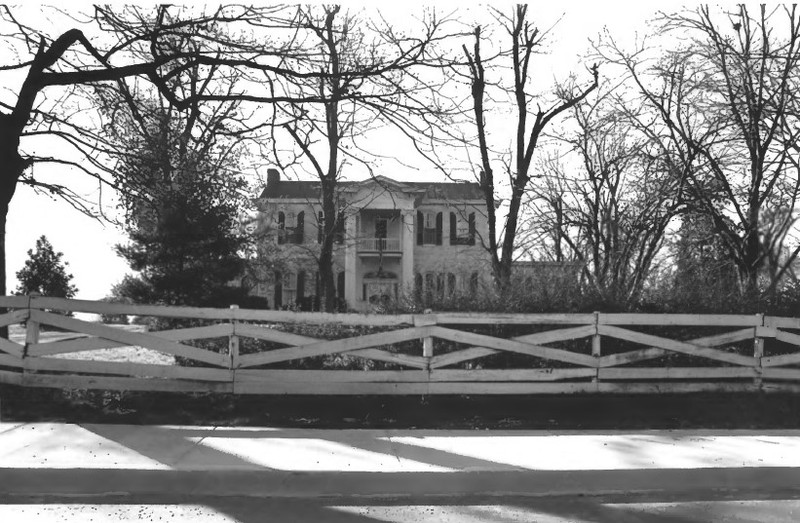
Front & one-story west wing of W-T-C House in 1998 (Sturtevant)
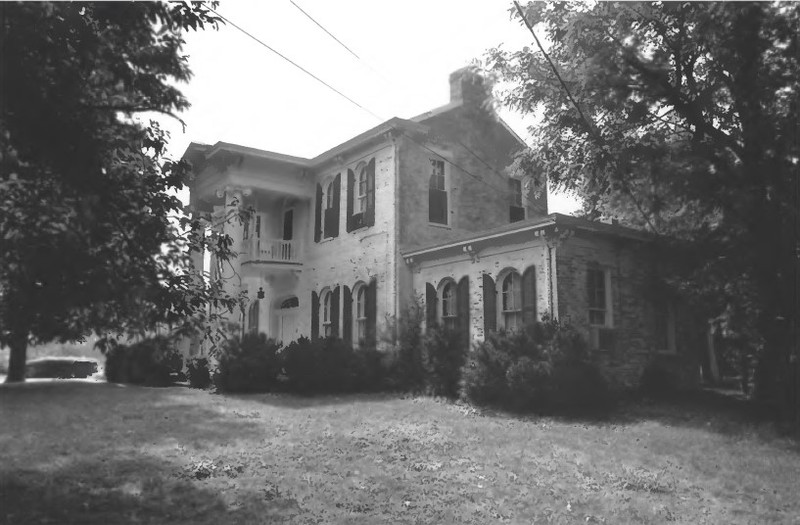
Rear enclosed south porch & east one-story wing of W-T-C House (Sturtevant 1988)
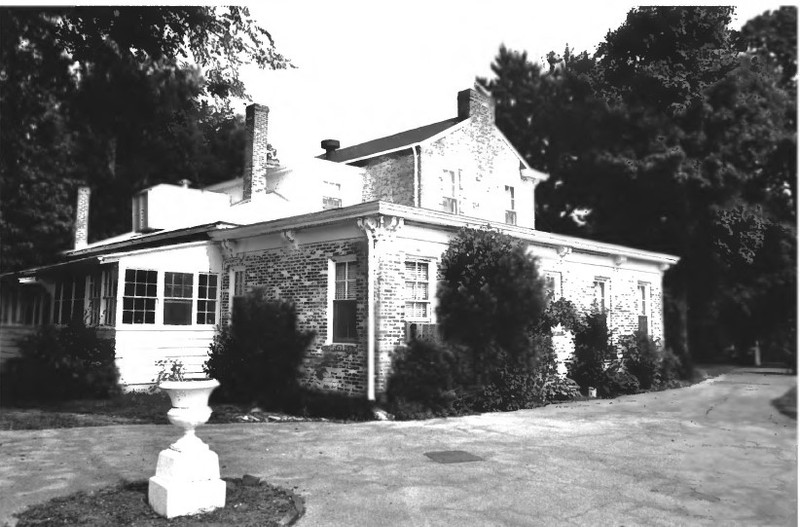
Interior of main entryway & staircase in W-T-C House (Sturtevant 1988)
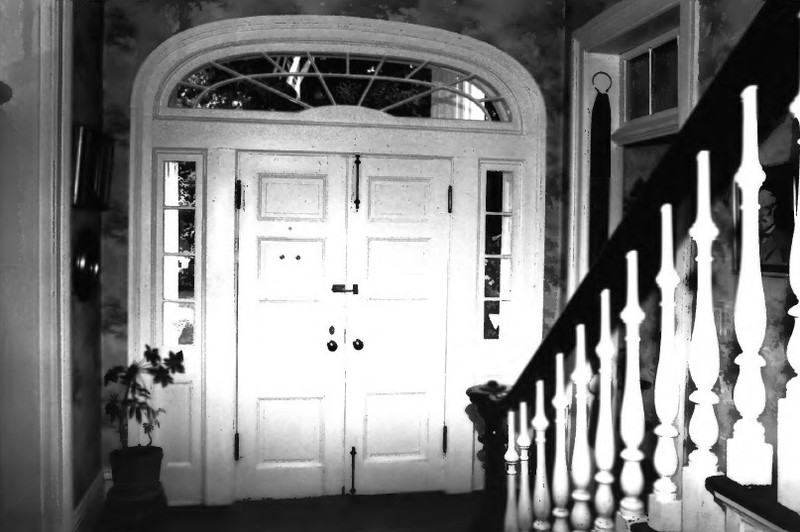
One of the parlors at W-T-C House in 1988 (Sturtevant)
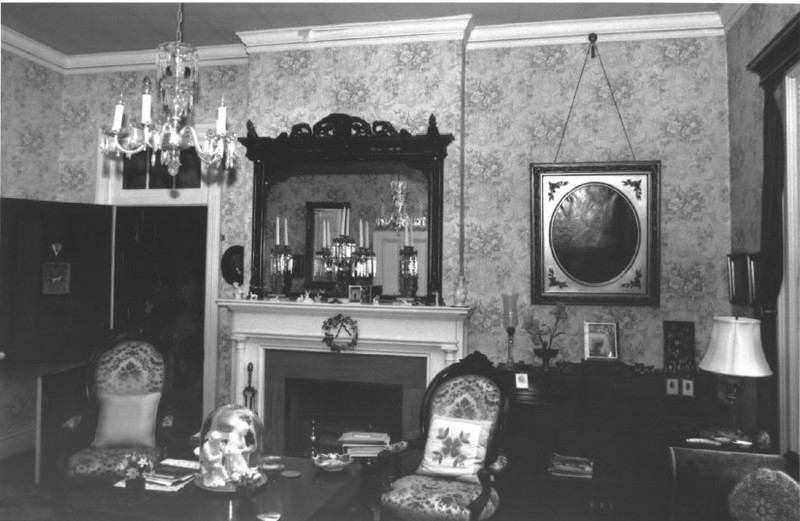
W-T-C House ("Truitt", red arrow) on 1871 Davidson County map (G.W. & C.B. Colton & Co.)
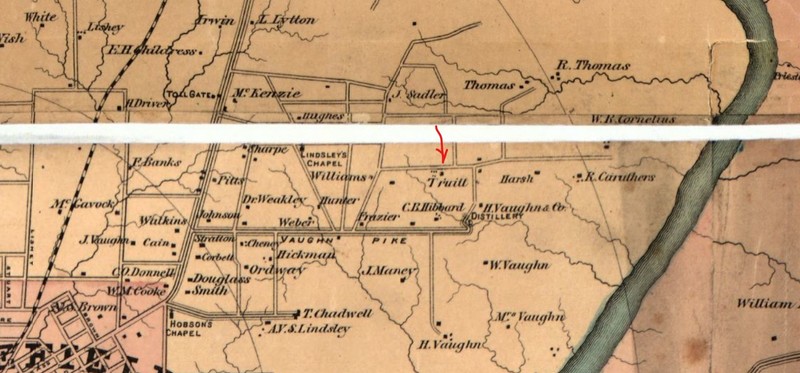
Backstory and Context
Text-to-speech Audio
The Weakley brothers - Samuel and Robert - emigrated from Virginia to Tennessee in the late eighteenth century. In 1801, Samuel Weakley bought a 500-acre tract east of Nashville, next to his brother's 615 acres. Samuel's property extended to the Cumberland River, nearby to the east. The brick house was built for Samuel at an unknown date but was most likely added in the 1820s, based on Samuel's work history - he was hired as Davidson County surveyor in 1823 - and known residence elsewhere in Tennessee on the 1820 census. The house was originally a two-story, Federal style home, with two rooms over two rooms on each side of a central hall. Samuel owned 34 enslaved persons by 1832 when he died during a surveying trip. His brother, Robert purchased Samuel's property; Samuel's widow, Sarah moved to Alabama with her eight children. Robert Weakley's home on his 615 acres was named Lockeland and has not survived. Robert Weakley served in the state legislature eight times and one term as a U.S. Congressman. He ran unsuccessfully for Governor of Tennessee. Robert passed away in 1845; when his real estate was divided in 1851, the 500-acre tract was inherited in pieces by his heirs. The tract with the Samuel Weakley mansion was later sold to Ezekiel Truett.
Ezekiel Truett was born in 1812 and moved from his native New Bern, North Carolina to Hickman County, Tennessee with his father. Ezekiel married Winnie Adams in 1832; their five children were born between 1834 and 1847. In 1855, Ezekiel purchased Fairfax Hall on a 36-acre tract. He founded Rosebank Nursery in Nashville on Union Street; it is thought that Ezekiel cultivated roses on the property. He died in April 1872. The modifications to the house including the two-story front portico and Ionic columns have been estimated to date to the 1870s. Window and door openings were modified from rectangular to arched, in keeping with Italianate style. It is possible that the modifications were done after Ezekiel's death. The family plants business later became Truett's Sons & Morgan, operated by Laban A. and William Truett plus Irby Morgan and located on Porter Pike by 1880.
Sheffield Clark, Jr. and his sister inherited the mansion in 33; he later bought out his sister's share. Mr. Clark was in the wholesale hardware business. Sheffield added the two one-story side wings in 1936 to 1937; the Classical Revival design is compatible with the rest of the house. To connect the wings to the house, a window behind each end chimney was converted into a door. Mrs. Clark first planted a formal flower garden on the west side of the house in 1937. Also in 1937, a log cabin of unknown date was moved from nearby Inglewood School and placed adjacent to the garden. Behind the main house, a one-story frame garage/ office structure was built in 1937. Both of these outbuildings are part of the National Register nomination for architectural significance; a tenant house several hundred feet south of the house built in 1940 and used as servants' quarters is not a contributing historical building. The lone remaining barn on the property, built in 1940 and 500 feet from the house also was not considered part of the historic nomination. When the house was documented for listing in the National Register in 1988, the family of Sheffield Clark, Jr. still resided in Fairfax Hall.
Sources
Jones, Crystal Hill. Manning, Naomi C. Meadows, Melanie C. Nashville's Inglewood. Images of America. Charleston, SC. Arcadia Publishing, 2009.
Rogers, George H. Nashville Directory. Volume 16. Nashville, TN. Marshall & Bruce, 1880.
Rogers, Stephen P. Sturtevant, Mark. NRHP Nomination of Weakley-Truett-Clark House, Nashville, Tennessee. National Register. Washington, DC. National Park Service, 1988.
Truett, Ann R. My Genealogy Home Page: Information about Ezekiel Truett, Genealogy.com. Accessed October 11th, 2022. https://www.genealogy.com/ftm/t/r/u/Ann-R-Truett/WEBSITE-0001/UHP-0025.html.
National Park Service (NPS): https://npgallery.nps.gov/AssetDetail/NRIS/89000297
NPS: https://npgallery.nps.gov/AssetDetail/NRIS/89000297
NPS: https://npgallery.nps.gov/AssetDetail/NRIS/89000297
NPS: https://npgallery.nps.gov/AssetDetail/NRIS/89000297
NPS: https://npgallery.nps.gov/AssetDetail/NRIS/89000297
Library of Congress: https://www.loc.gov/item/2006626025/
